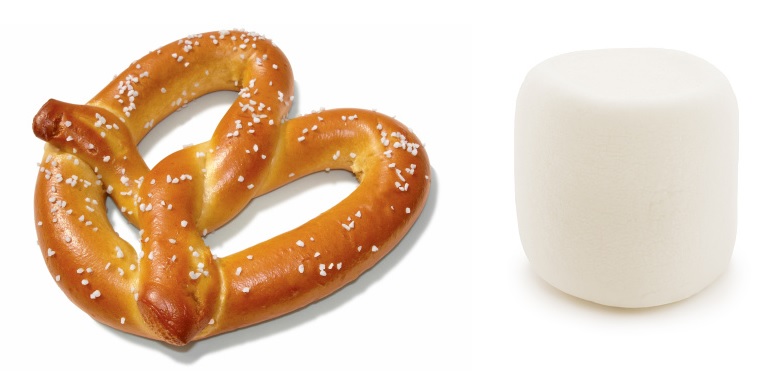Walter Mischel’s marshmallow test was a milestone experiment in understanding the cognitive mechanisms of willpower. It goes in two parts – the initial experiments he and his team carried out in the late sixties and early seventies. The second part was establishing correlations of those test results with the test subject’s long term success in life. We will not go into the second part as, I suspect, it had a lot of subjective or potentially confounding effects, which is outside the simple realm of data analytics.
The paper published in 1972 in the Journal of Personality and Social Psychology, which follows up from his 1970 paper in the same journal, is the subject in today’s post. The objective of the test was to find out how young children (preschool kids, aged between 3.5 to 5.5 years) managed to delay the gratification of eating their favourite sweets under various experimental conditions. The neatness of the paper is that it doesn’t theorise a lot about cognitive abilities but rather gives data on how average children postponed their urge to eat (marshmallow or pretzel) under various distraction conditions.
There were three experiments in total; the first had five batches of children (total 50), the second (32) and the third (16) had three each.
The Task

Except for the last batch of three experiments, sweets were placed in front of the children. They had the option to eat their favourite sweet by calling the experimenter or win the second sweet (reward) if they had delayed gratification and waited until the experimenter came back. The experimenter recorded the time taken by each child before yielding to temptation. As the main variable, different distraction opportunities were given to the children. These are:
| Group | Objective | Distraction technique | Mean waiting time |
| 1 | Wait for contingent reward (visible) | Toy | 9 min |
| 2 | Wait for contingent reward (visible) | Think Fun | 12 min |
| 3 | Wait for contingent reward (visible) | None (control) | < 1 min |
| 4 | No contingent reward | Toy (control) | 2 min |
| 5 | No contingent reward | Think Fun (control) | 1 min |
| 6 | Wait for contingent reward (visible) | Think Fun | 13 min |
| 7 | Wait for contingent reward (visible) | Think Sad | 5 min |
| 8 | Wait for contingent reward (visible) | Think Rewards | 4 min |
| 9 | Wait for contingent reward (hidden) | No Ideation | 13 min |
| 10 | Wait for contingent reward (hidden) | Think Fun | 14 min |
| 11 | Wait for contingent reward (hidden) | Think rewards | 1 min |
Summary
One startling finding was that children were willing to wait for a longer time when they were immersed in happy feelings, irrespective of whether the rewards were visible to them or not. Thinking about sweets and sad feelings were both unsuccessful in building willpower. The torture of thinking about the prize was no different from any other sad feelings!

